Redes neurais e camadas
Introdução ao Aprendizado Profundo com o PyTorch

Jasmin Ludolf
Senior Data Science Content Developer, DataCamp
Camadas da rede neural
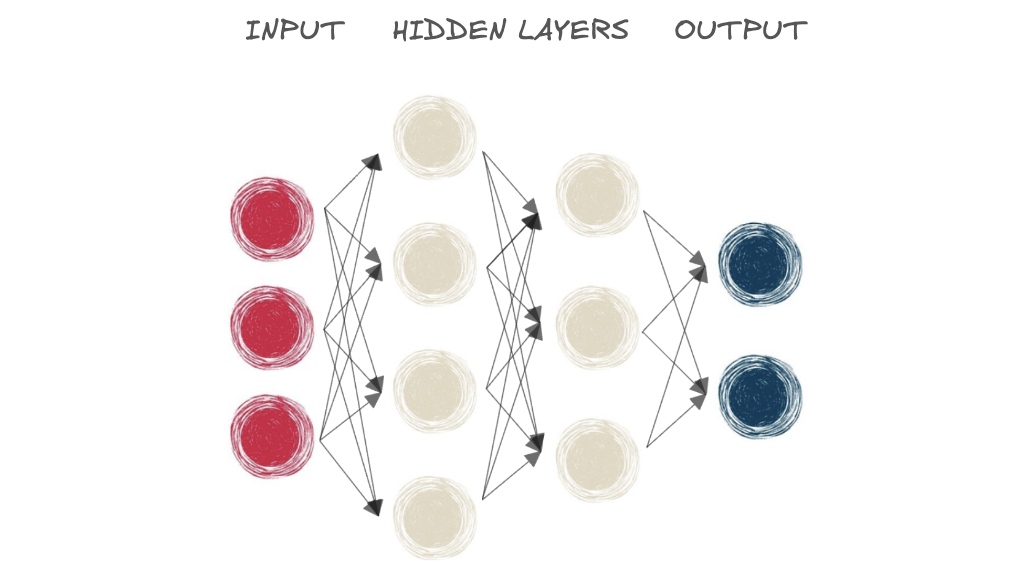
Camadas da rede neural
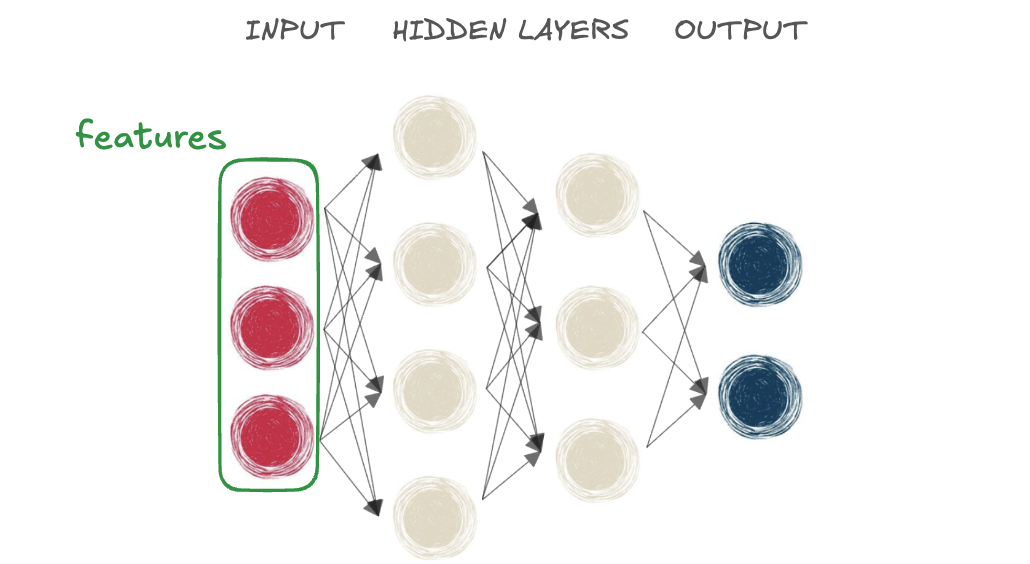
Camadas da rede neural
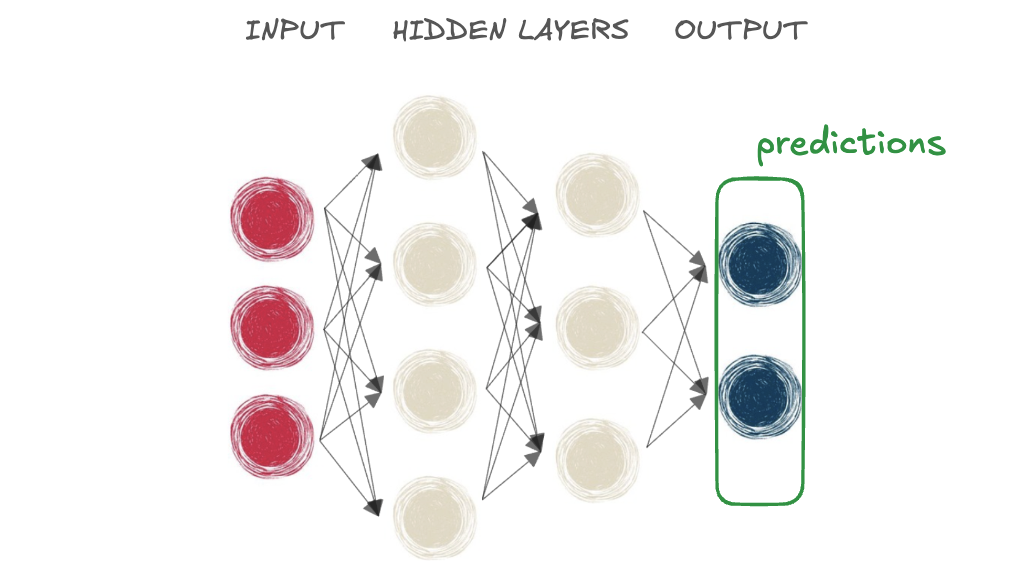
Camadas da rede neural
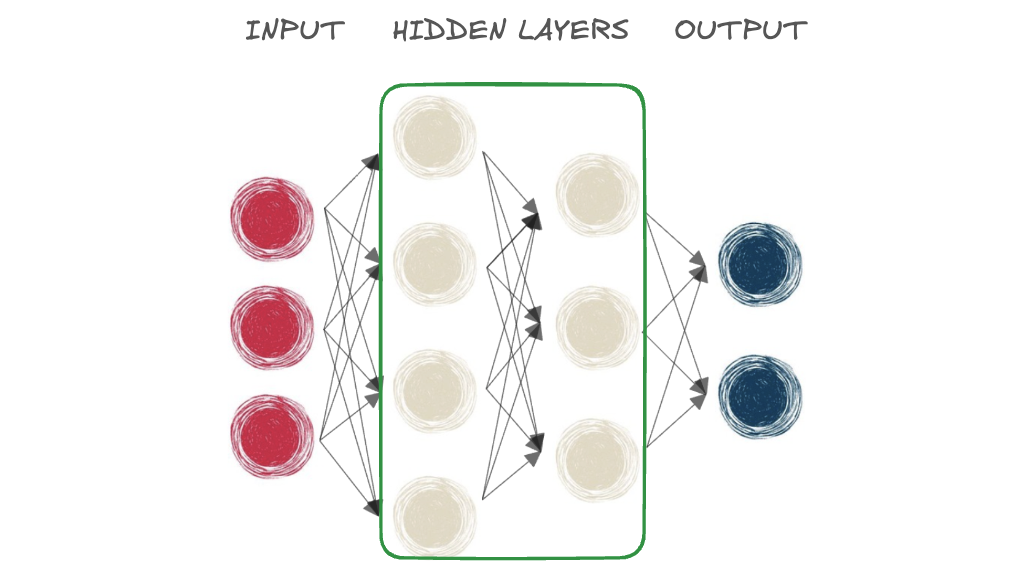
Nossa primeira rede neural
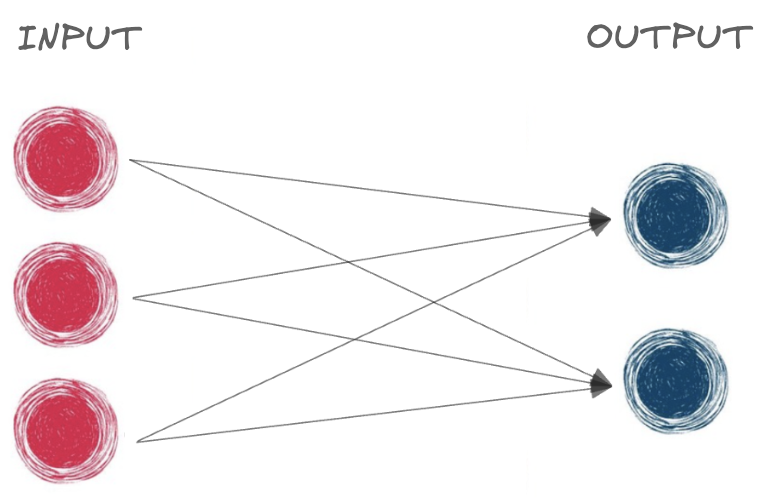
- Rede totalmente conectada
- Equivalente a um modelo linear
Criação de uma rede neural

# Importing as nn to avoid writing torch.nn import torch.nn as nn# Create input_tensor with three features input_tensor = torch.tensor( [[0.3471, 0.4547, -0.2356]])
- Neurônios de entrada = atributos
- Neurônios de saída = classes
Criação de uma rede neural
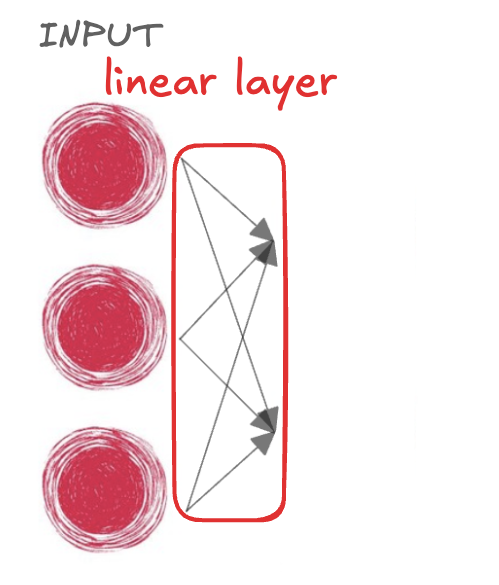
# Importing as nn to avoid writing torch.nn import torch.nn as nn# Create input_tensor with three features input_tensor = torch.tensor( [[0.3471, 0.4547, -0.2356]])# Define our linear layer linear_layer = nn.Linear(in_features=3,out_features=2)
Criação de uma rede neural

# Importing as nn to avoid writing torch.nn import torch.nn as nn# Create input_tensor with three features input_tensor = torch.tensor( [[0.3471, 0.4547, -0.2356]])# Define our linear layer linear_layer = nn.Linear( in_features=3, out_features=2 )# Pass input through linear layer output = linear_layer(input_tensor) print(output)
Criação de uma rede neural
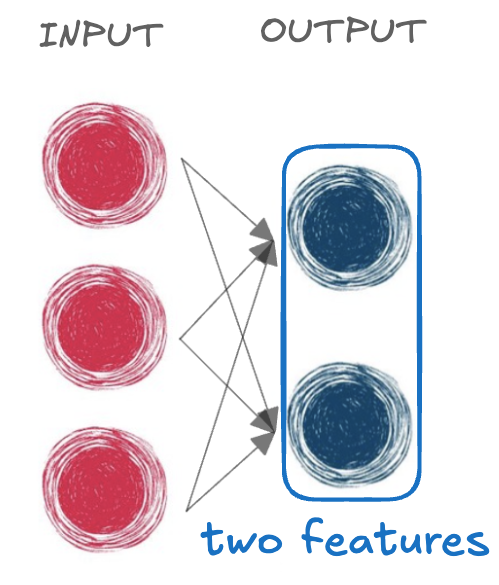
$$ $$ $$
# Pass input through linear layer
output = linear_layer(input_tensor)
print(output)
tensor([[-0.2415, -0.1604]],
grad_fn=<AddmmBackward0>)
Pesos e vieses
output = linear_layer(input_tensor)
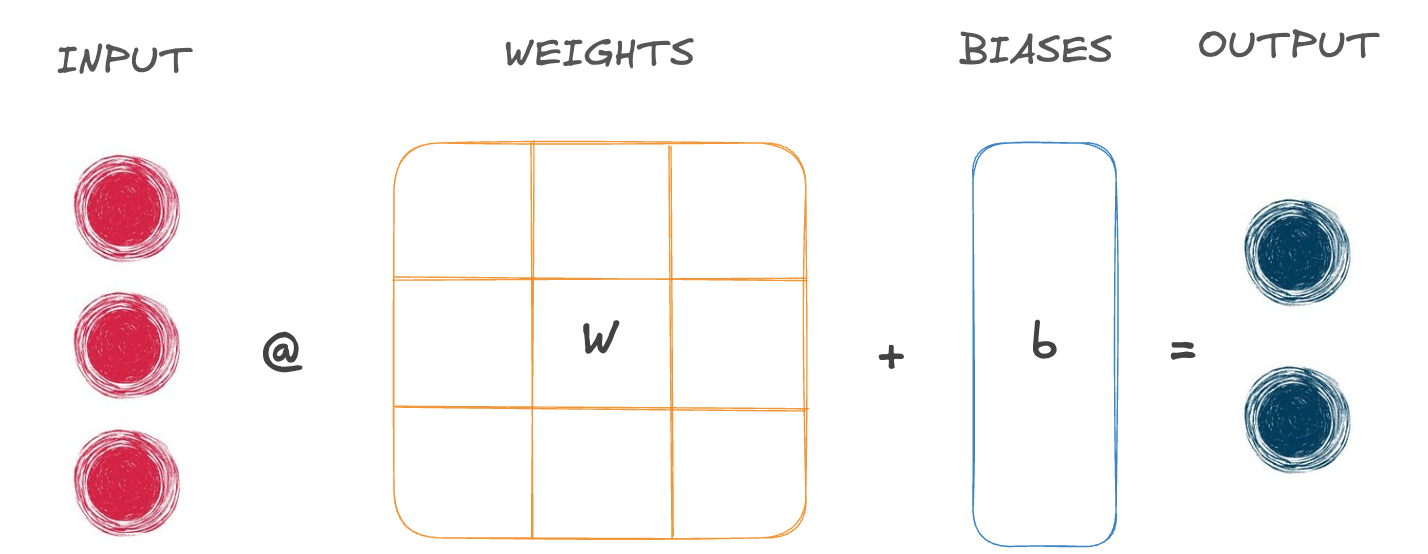
Pesos e vieses
.weightprint(linear_layer.weight)
Parameter containing:
tensor([[-0.4799, 0.4996, 0.1123],
[-0.0365, -0.1855, 0.0432]],
requires_grad=True)
$$
- Reflete a importância de diferentes atributos
.biasprint(linear_layer.bias)
Parameter containing:
tensor([0.0310, 0.1537], requires_grad=True)
$$
$$
- Fornece ao neurônio uma saída de referência
Uma rede totalmente conectada em ação
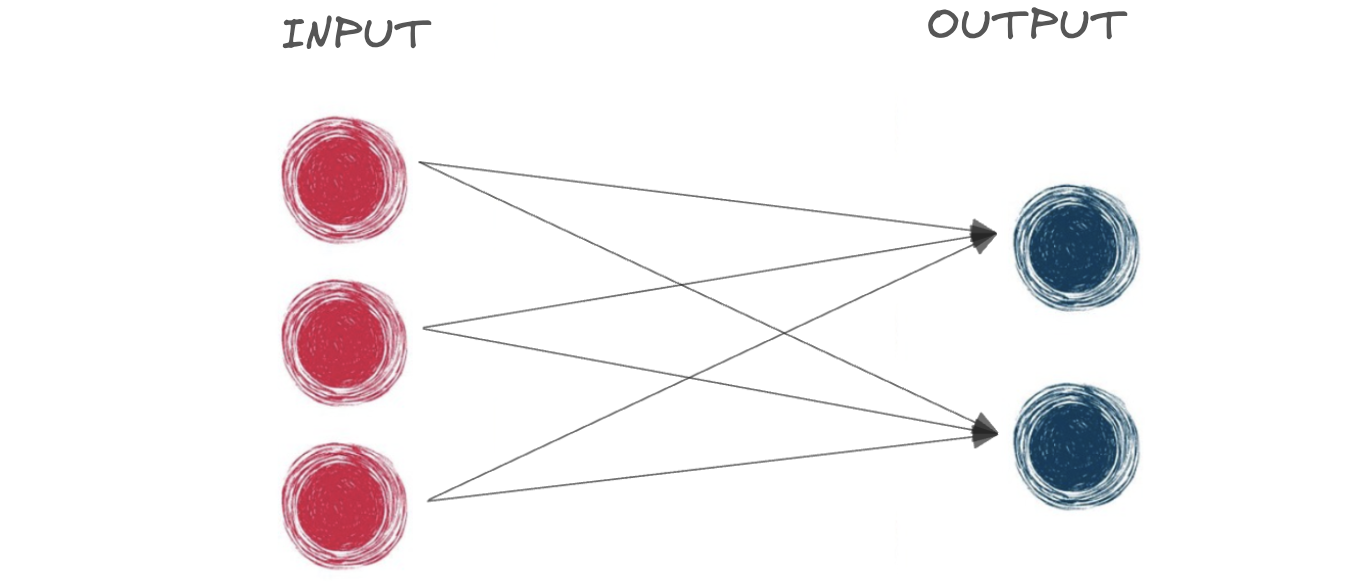
Uma rede totalmente conectada em ação
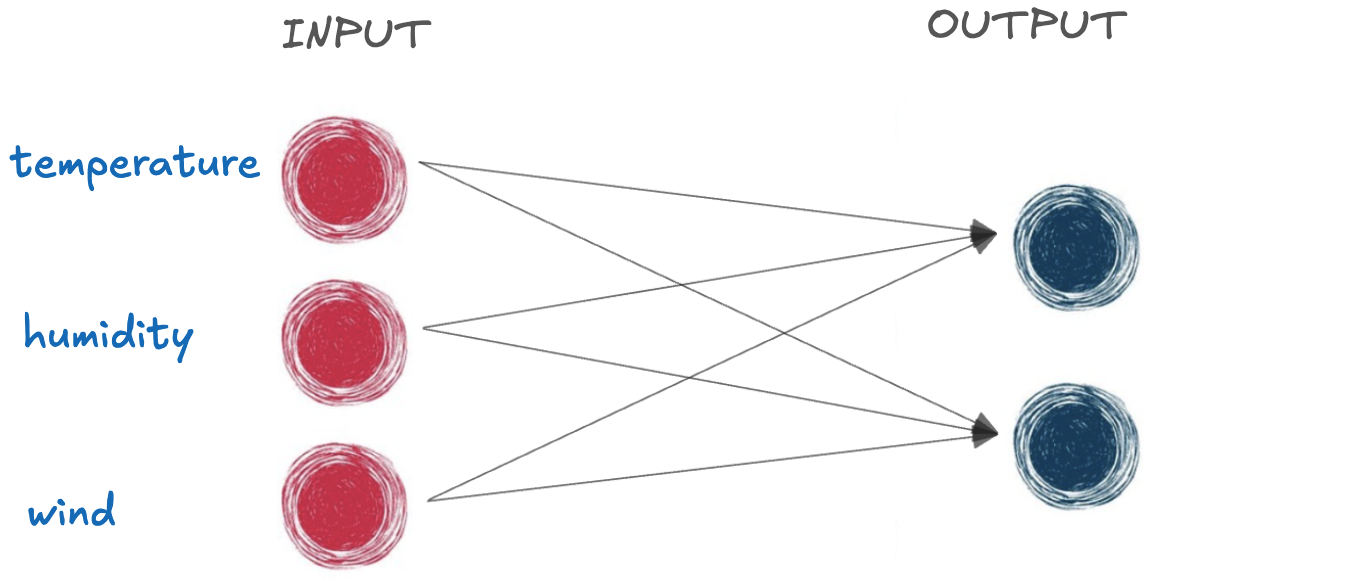
Uma rede totalmente conectada em ação
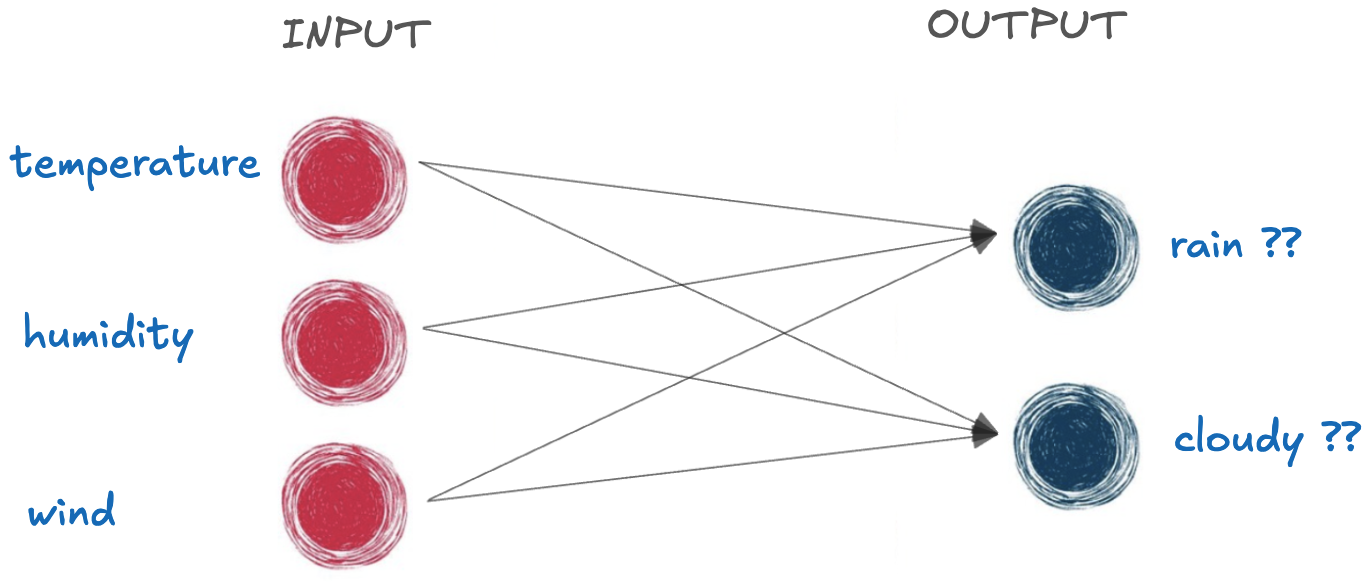
- O atributo de umidade terá um peso mais significativo
- O viés leva em conta as informações de referência
Vamos praticar!
Introdução ao Aprendizado Profundo com o PyTorch

